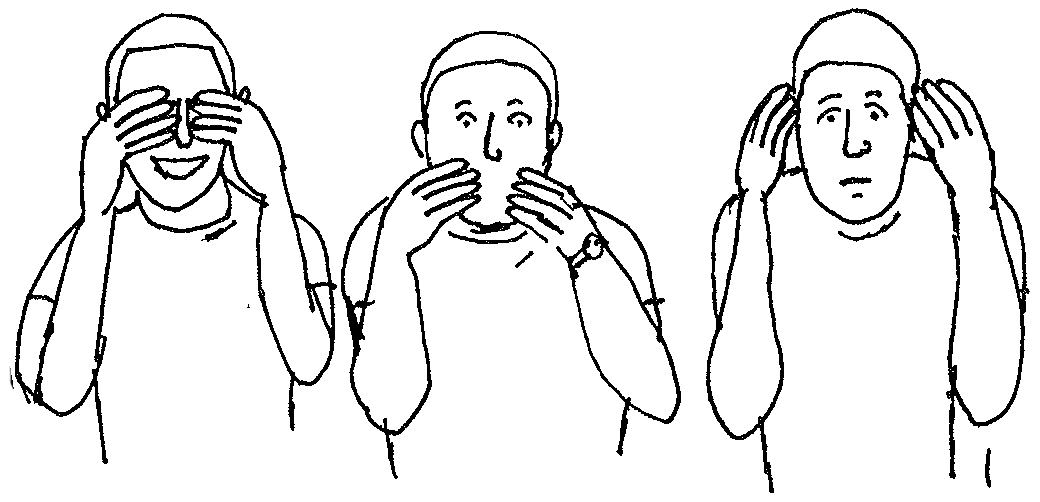Western economies are headed toward a banking crisis, but you wouldn’t know it from the headlines. Whether it’s the endless vacillation between triumphalism and disappointment regarding the war in Ukraine, the latest outrages of woke (or anti-woke) activists, or the fate of wealthy tourists deep beneath the sea, the media seems eager to cover just about anything else.
This obliviousness is remarkable, because the coming economic calamity promises to be worse than the great recession that began in 2008 with the bankruptcy of Lehman Brothers. There are a few reasons for this. In the United States, commercial real estate has taken a severe beating, in part because of the permanent expansion of remote work.
More broadly, however, commercial real estate is one of many asset classes that have been massively inflated thanks to a decade and a half of zero-interest-rate policy across the West. The nominal value of these commercial-real-estate holdings have thus grown year after year, reaching astronomical levels—levels that are proving unsustainable in the long term. The ratings agency Fitch recently estimated that fully 35 percent of the commercial mortgages coming due between April and December this year would not be able to be refinanced.
In San Francisco, an investment firm that owned two massive downtown hotels recently decided to walk away from the debt and surrender the hotels to the lender. It just didn’t make sense for the firm to keep servicing a loan on such a massive commercial property in an area and a city that are in decline. US banks are not built to handle the haircuts to the value of their asset portfolio that a large-scale commercial-real-estate crash would entail. And that crash isn’t looming in some far-off future—it is already here.
